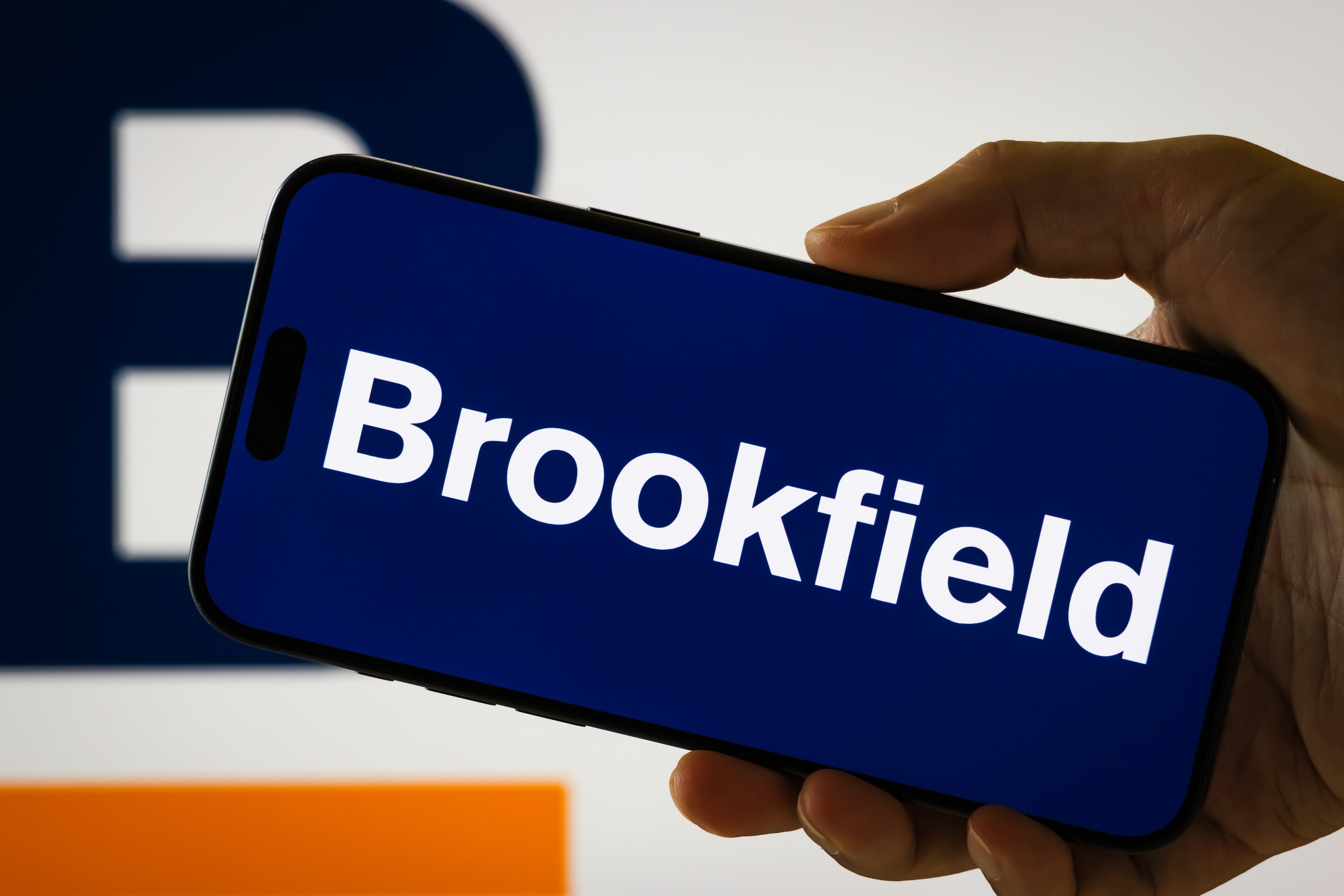The global economy nearly ground to a halt during the second quarter as governments imposed restrictions on business and travel to slow the spread of COVID-19. These shutdowns had a significant impact on energy demand and the volume of goods transported across the globe. However, those issues didn't have much effect on the underlying infrastructure supporting the global economy. That was evident in the second-quarter results of Brookfield Infrastructure (BIP +0.06%)(BIPC +0.00%), which proved its durability during the economic storm.
A look at Brookfield Infrastructure's second-quarter earnings
|
Metric |
Q2 2020 |
Q2 2019 |
Change |
|---|---|---|---|
|
Funds from operations (FFO) |
$333 million |
$337 million |
(1.2%) |
|
FFO per unit |
$0.72 |
$0.76 |
(5.3%) |
Data source: Brookfield Infrastructure.
Brookfield Infrastructure delivered remarkably resilient results during the second quarter, with its FFO down slightly year over year. The main issue was foreign currency fluctuations, primarily the Brazilian real, which depreciated 27%, reducing FFO by $30 million. Adjusting for that impact, and Brookfield's FFO would have increased by 3% year over year.
Driving that strength amid the storm was the company's diversified portfolio of stable businesses and recent expansion-related investments:

Data source: Brookfield Infrastructure. Chart by author.
FFO from the company's utilities declined by 9.1% year over year. Weighing on these results was the weaker Brazilian real, the sale of an electricity distribution utility in Colombia, and a delay in recognizing connections revenue at its U.K.-regulated distribution business because of COVID-19. The company partially offset these issues with higher inflation-indexed rates, $280 million of expansion projects in the past year, and the acquisition of a North American-regulated gas transmission business last October.
Transport FFO slumped 20% in the quarter. Several factors impacted results, including the sale of a European port business, the partial sale of its interest in a Chilean toll road operation, the weaker Brazilian real, and lower volumes because of government-imposed lockdowns. The company partially offset some of these headwinds with higher volumes across its Australian and Brazilian rail networks and from the recent acquisition of a rail operation in North America.
Energy FFO jumped 10.4%. This segment benefited from its stable contact structure, higher volumes on its North American gas pipeline, customer growth at its North American residential infrastructure business, and the acquisition of its western Canadian midstream business. Partially offsetting those positives was the sale of its Australian district energy business.
Finally, FFO from data infrastructure zoomed 43% during the quarter. Powering that rise was organic growth at its French telecom business and the acquisitions of data transmission and distribution operations in New Zealand and the U.K.

Image source: Getty Images.
A look at what's ahead for Brookfield Infrastructure
Brookfield continues to be an active buyer and seller of infrastructure assets as it recycles capital from mature businesses into higher-returning opportunities. The company recently closed the sale of a North American electricity operation, netting $60 million for this business in July. It's currently advancing two more asset sales, which could bring in more than $700 million of additional cash. These sales are helping bolster Brookfield's liquidity -- which stood at $4.3 billion at the end of the quarter -- giving it the flexibility to continue pursuing acquisitions.
The company has one deal closing shortly, a $500 million investment in a portfolio of 130,000 telecom towers in India. The company is also actively looking for deals in the North American midstream sector, given all the volatility in the energy markets this year. The company believes that it could buy stable cash-flowing assets at value-based prices due to the impact of the oil market downturn on valuations in that space. Finally, the company bought stakes in several high-quality infrastructure companies during the market sell-off in March. It has since monetized some of those positions, realizing $25 million in profit. However, it has continued to accumulate stakes in a handful of companies that it hopes will yield more strategic opportunities in the future to either acquire assets or take these companies private.
Strength amid the storm
Brookfield Infrastructure's portfolio of businesses performed very well during a challenging period. That, along with its strong balance sheet, has given Brookfield the flexibility to search for new needle-moving opportunities. While these have been slow to emerge because of all the government stimulus that has helped prop up the economy, Brookfield believes they will in time. That has it increasingly optimistic about what lies ahead.






